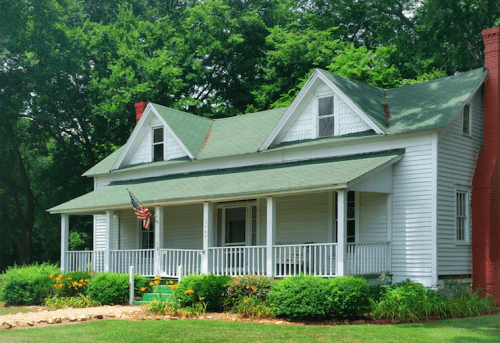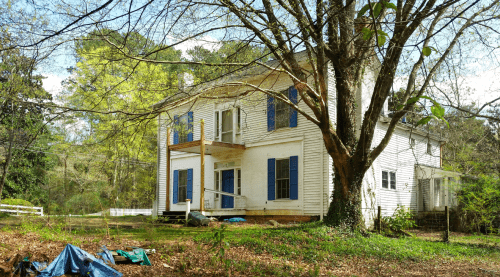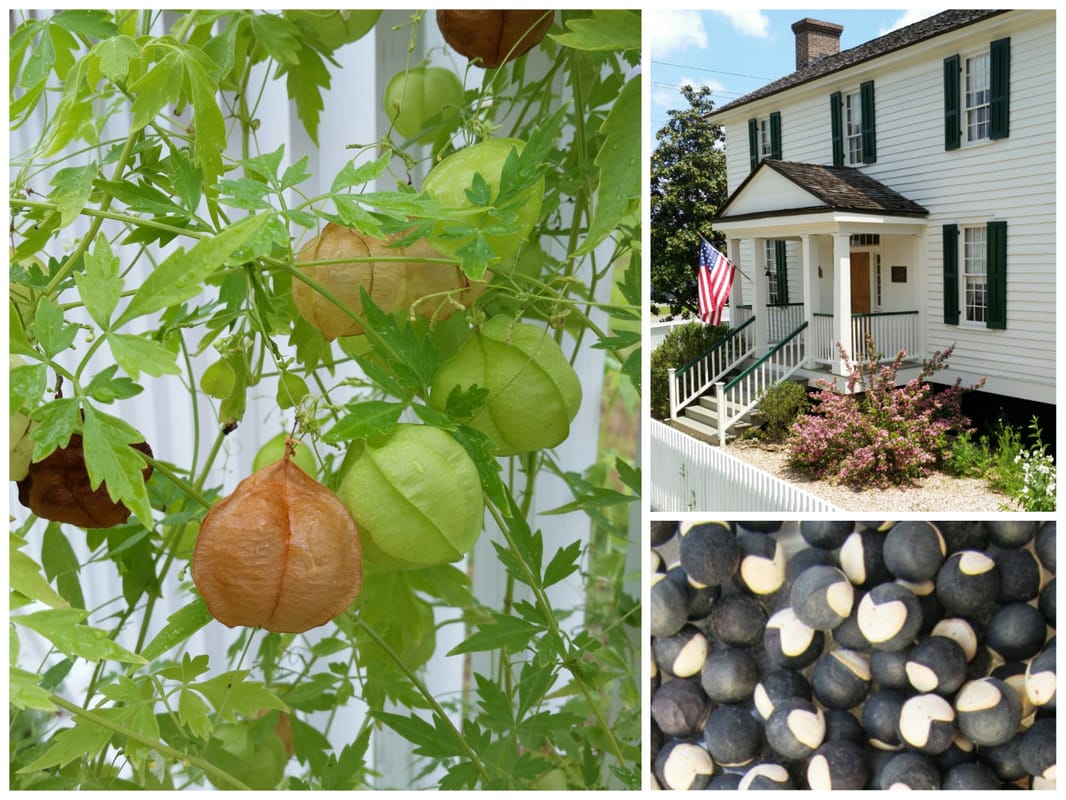|
For those interested in pursuing the preservation of historic resources in their community, the first step is to have a good understanding of what buildings, sites, or structures are potentially historic. The best platform for gaining that understanding is a Historic Resources Survey. Historic Resources Surveys are a way to gather basic information about potential historic properties within a jurisdiction, whether city or county. Historic Resources Surveys usually include an architectural description of the building or structure and photographs. Field work is involved in order to gather notes on the location, age and setting of the resource. A final survey report is usually produced to summarize the findings and give an overview of the community and the process. The Historic Preservation Division of the Georgia Department of Natural Resources has recommendations of how to produce a survey and how the survey can be used. Survey results are entered into a state-wide database called GNAHRGIS (Georgia’s Natural, Archaeological, and Historic Resources Geographic Information System). GNAHRGIS can be searched online. Historic Resources Surveys are extremely useful tools for a variety of purposes. The survey supports historic preservation ordinances and the efforts of a historic preservation commission. It does this by highlighting resources that are worthy of preservation and those that could be eligible for local designation and the Georgia/National Register of Historic Places. It is an excellent tool for use in planning purposes, including reviewing zoning and variance applications, as well as site plans, to determine their impact on historic resources. The survey can be a source for researching historic buildings and for educating the public about historic places. One of the first efforts towards a historic resource inventory in Cobb County was the Bicentennial Project sponsored by Cobb Landmarks and Historical Society. The project director was Dr. Phil Secrist, and it covered properties in Marietta and Cobb County. The survey, conducted from 1974 to 1975, produced an inventory of over 220 historic structures, ruins, and sites. The next major survey for those areas outside city limits was Architecture, Archaeology, and Landscapes: Resources for Historic Preservation in Unincorporated Cobb County, Georgia by Darlene Roth, which was completed in 1988. Cobb County’s most recent Historic Resources Survey for unincorporated areas was completed in 2007. While the Roth book remains an excellent resource for developmental history and context for Cobb County, many changes had happened in the county over the following twenty years. The current survey can be viewed on the Cobb County website and can be searched on the GNAHRGIS online database. The survey demonstrates the wide variety of historic resources that are present in the unincorporated sections of Cobb County. Over 850 historic resources were surveyed during the 2007 update, with nearly 87% of them being used as residential. Historic outbuildings were included, as well as a sampling of the county’s ranch houses built beginning in the 1950s. Cobb County has some additional Historic Resources Surveys for specific areas. These were usually done as part of an environmental review process for proposed infrastructure projects. These specific area surveys are conducted to determine if the proposed project would have any impact on historic resources within the project area. Earlier this year, Cobb County worked towards creating a list of county-owned properties that have potential historic resources on them. This resource list was conducted as a result of a resolution passed by the Cobb County Board of Commissioners last fall. Staff reviewed information on all county-owned parcels to see if there was the potential for a historic building, structure, or even Civil War earthworks on the property. The final list was provided to relevant county departments for their reference. If changes are proposed to one of these properties, then the Cobb County Historic Preservation Commission is to be given an opportunity to comment.
Acworth, Kennesaw, and Marietta also have historic preservation ordinances and historic preservation commissions. They have Historic Resources Surveys in order to understand what historic resources are present in their communities. Marietta completed a Historic Resources Survey between 1993 and 1994. Additional surveys have been done in areas that are being considered for local designation by the city’s Historic Preservation Commission. Kennesaw has a historic resources book which identifies all registered historic structures. Survey information for these municipalities can be viewed on the GNAHRGIS database. The Smyrna Historical & Genealogical Society (SH&GS) has, for many years, encouraged the City of Smyrna to adopt a historic preservation ordinance. The historical society brought in a staff member from Georgia’s Historic Preservation Division to make a presentation on historic preservation ordinances to members of the city council. The city council had questions about what was considered historic in Smyrna. So, the historical society hired an intern to complete a Historic Resources Survey for those properties within Smyrna. Jennifer Dixon, Preservation Chair for Smyrna Historical & Genealogical Society (and Preservation Chair for CLHS), provided oversight and guidance to Jessica McCarron, the intern hired for the project. Jessica, a Masters of Heritage Preservation student at Georgia State University, surveyed historic properties within the city limits of Smyrna. Jennifer had the following to say about the project: Jessica was able to survey virtually all historic resources up through the 1940s. This cutoff date was selected due to the fundamental shift in development from pre-war individual housing to post-war neighborhood and suburban development. The amazing results of this survey can be found on the SH&GS website. The historical society is planning to return to the Smyrna City Council to present the results of the survey and hopefully to further discussions on a historic preservation ordinance and commission. The survey is a crucial step in moving forward with preservation efforts in Smyrna. Historic Resources Surveys are a vital step in understanding the history of a local community. They provide the necessary information on working towards elevating the preservation of a community’s historic places. The best preservation occurs at the local level, and understanding what is worthy of preservation is critical to making that happen. Written by Mandy Elliott, Cobb County Preservation Planner
0 Comments
Many types of plants are grown in the garden at the 1850s William Root House, however, there’s one plant in particular that fascinates visitors young and old. It’s a fairly unassuming vine that climbs the fence and has pretty small white blossoms. But as the summer progresses, the blossoms form into green “puffs” filled with humid air. So now that we have the “puff” part, where’s the love? Inside are small green seeds. As the puffs wither and turn brown, the seeds inside turn black. When the puffs are opened, each black seed has a white heart on it. ❤ Aww, there’s the love.
The Latin name for the plant is cardiospermum halicbabum. Be sure to stop by the museum sometime to check out this interesting plant. It’s prohibited from sale in Georgia, so you likely won’t see it growing many other places than a museum! |
Cobb LandmarksWe are committed to empowering our community with an understanding of the events, people, and places that formed our past, so that we may all strive for a brighter future. Won't you join us? Archives
May 2024
Categories
All
|
|
You must think preserving local history is important or you wouldn't be reading this!
Did you know we're a 501(c)(3) nonprofit organization? That means we rely 100% on financial support from businesses, foundations, and individuals - people just like you! If you support our mission to share the stories and preserve the places that form our community, please consider getting involved! |
NEWSLETTERSign up with your email address to receive discounts, event reminders, and preservation updates.
|
MOST Viewed Pages |



 RSS Feed
RSS Feed
